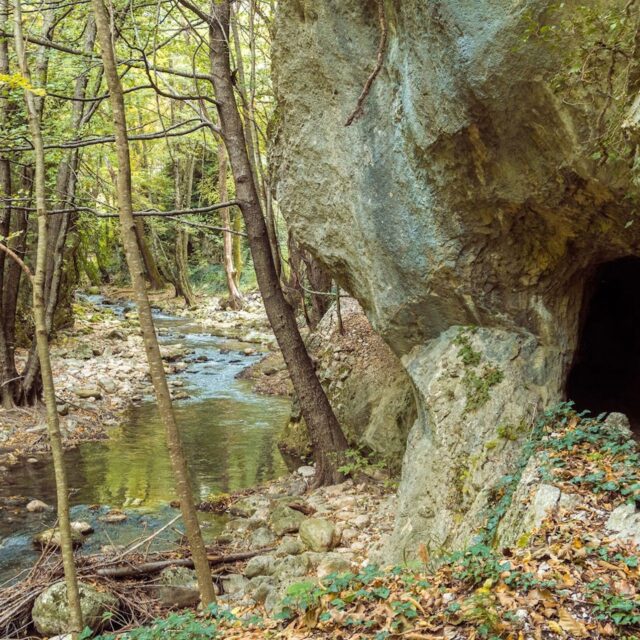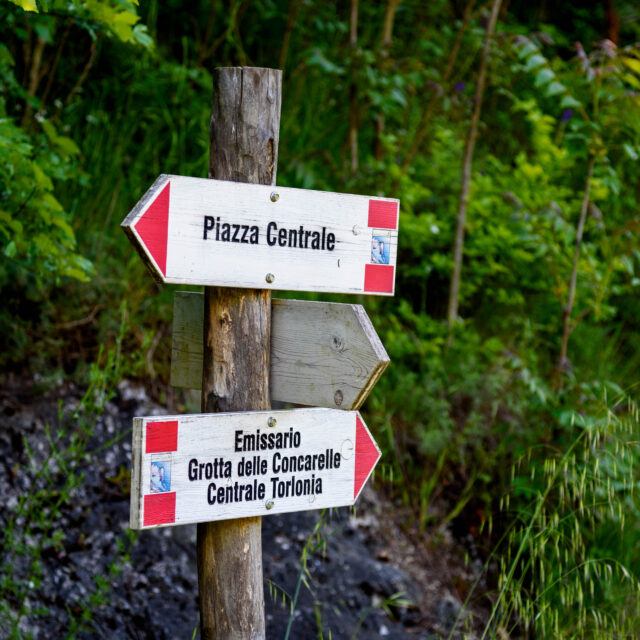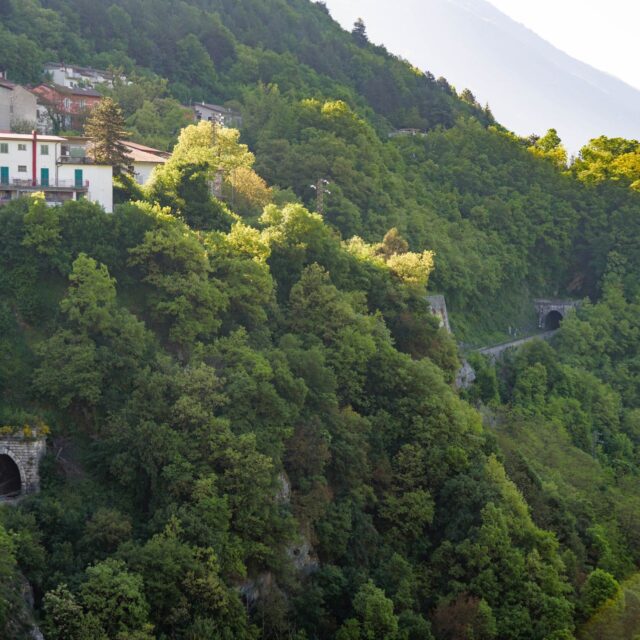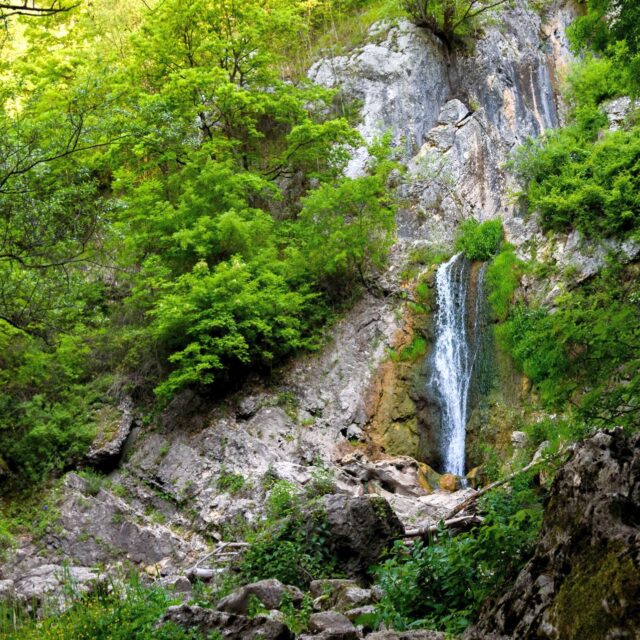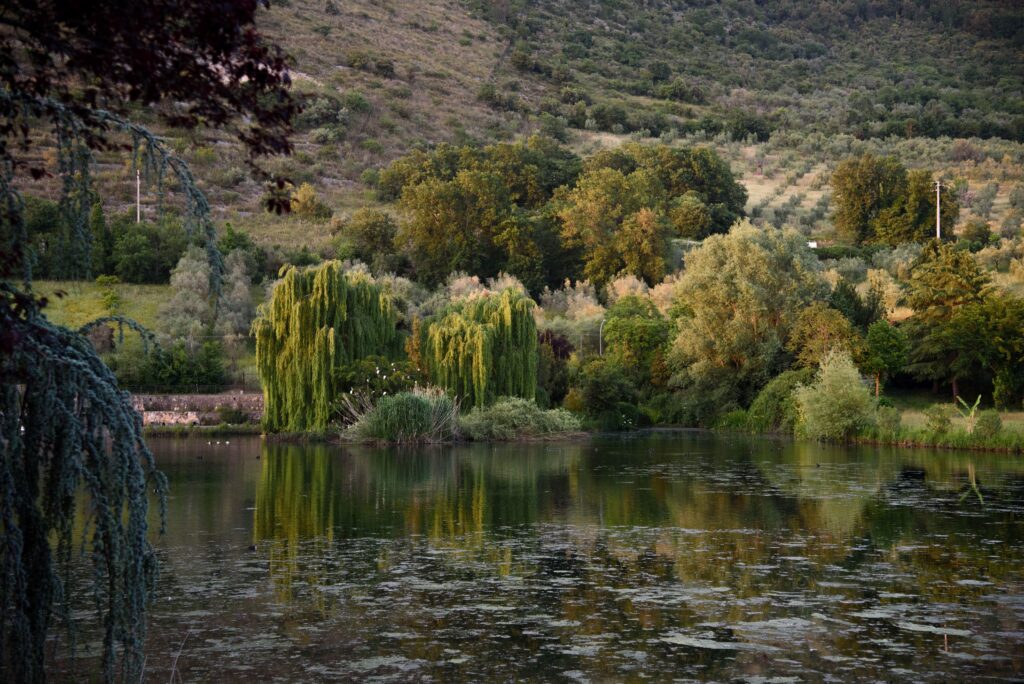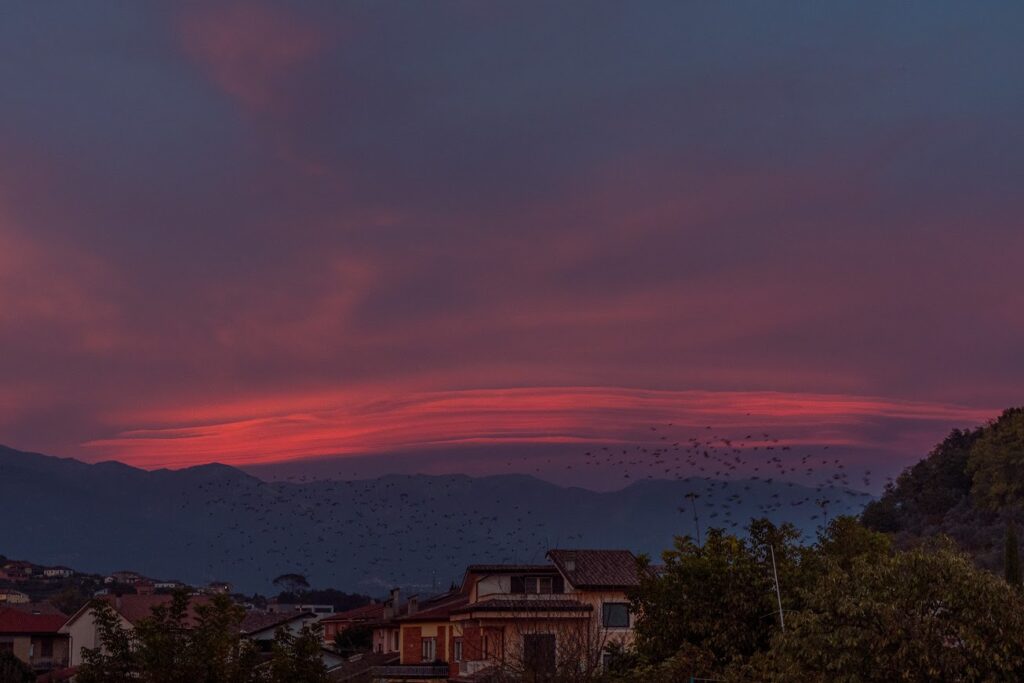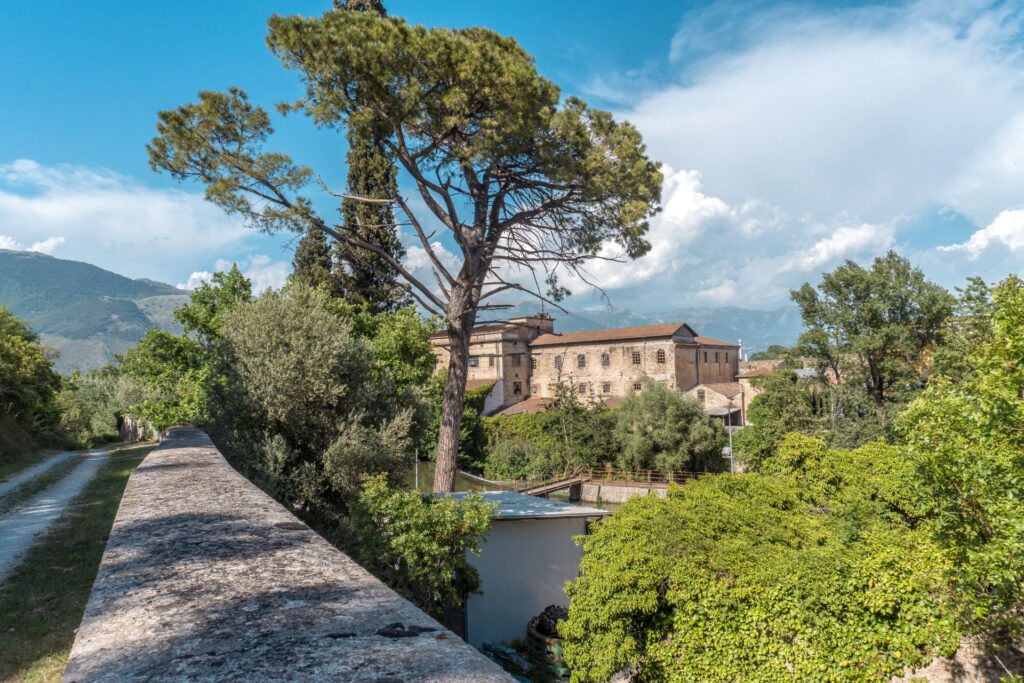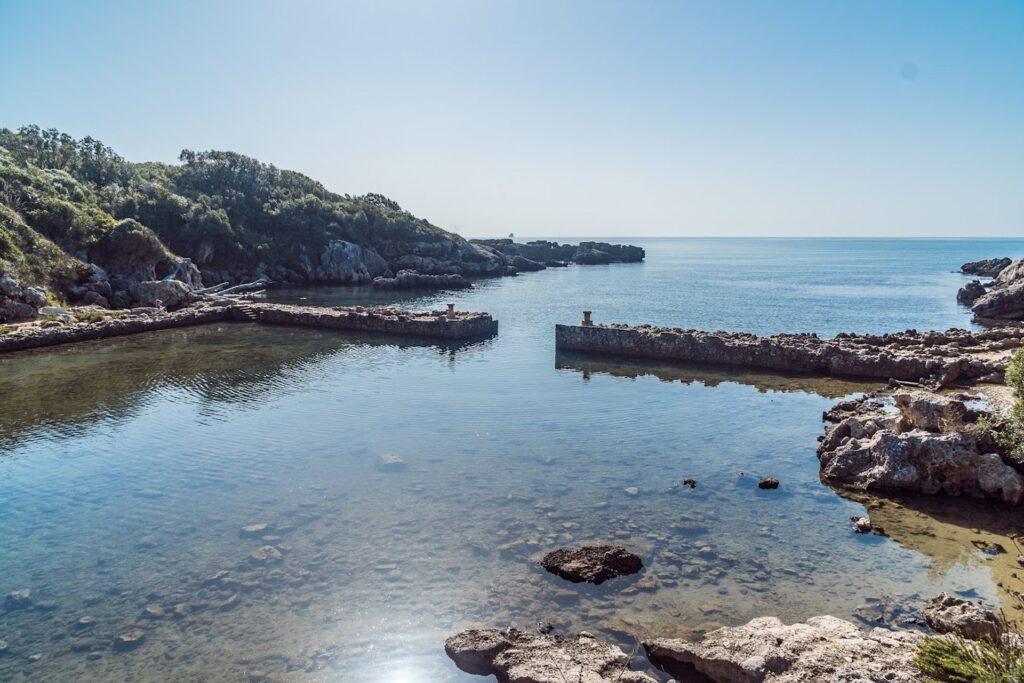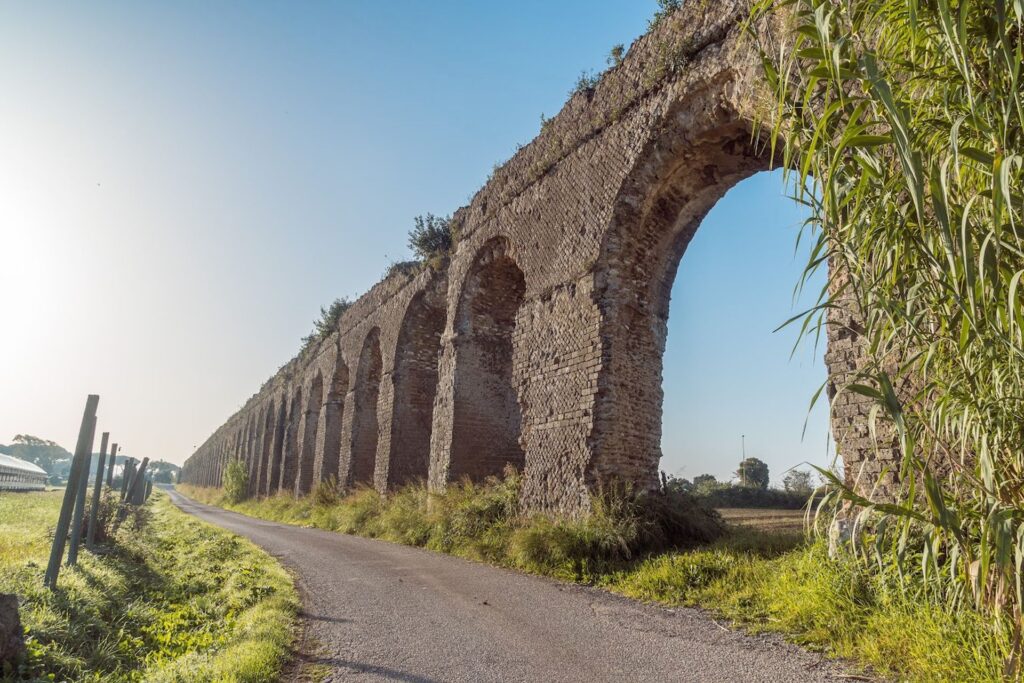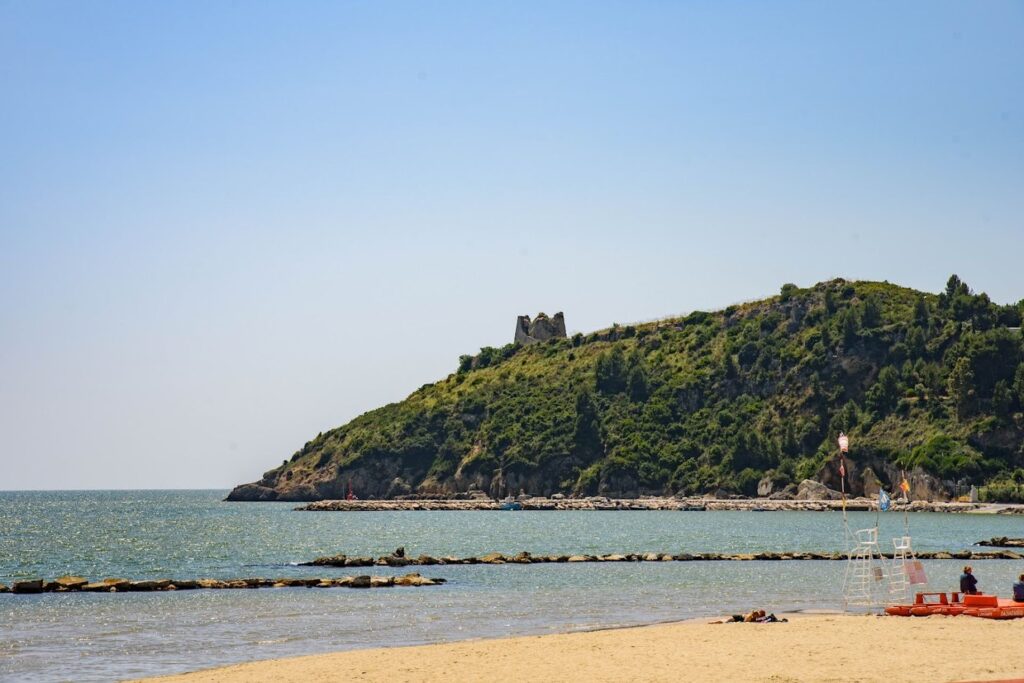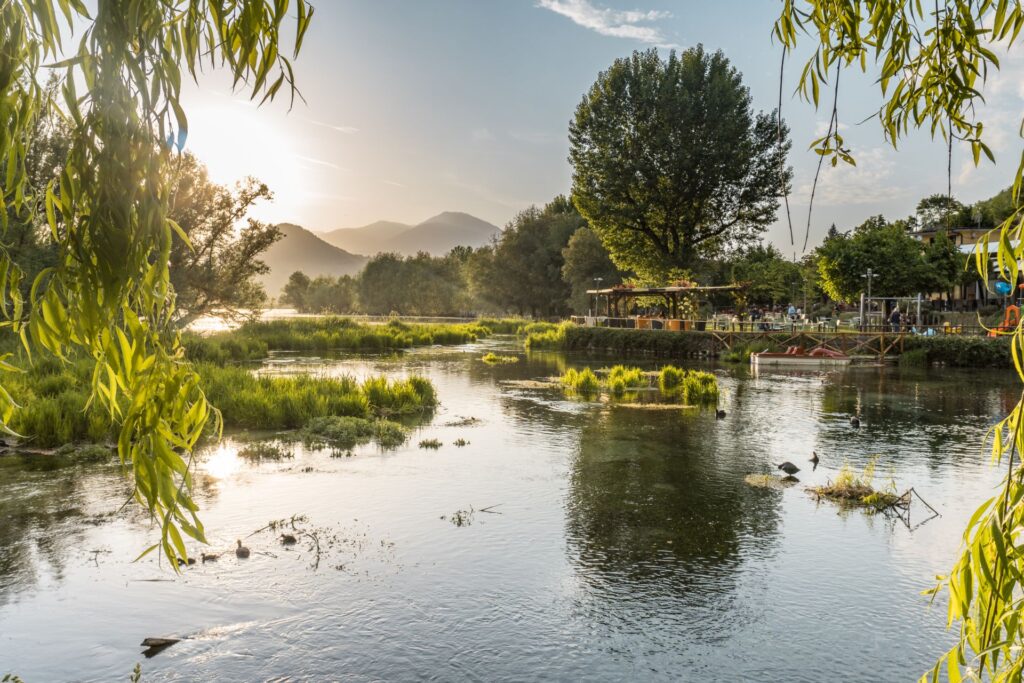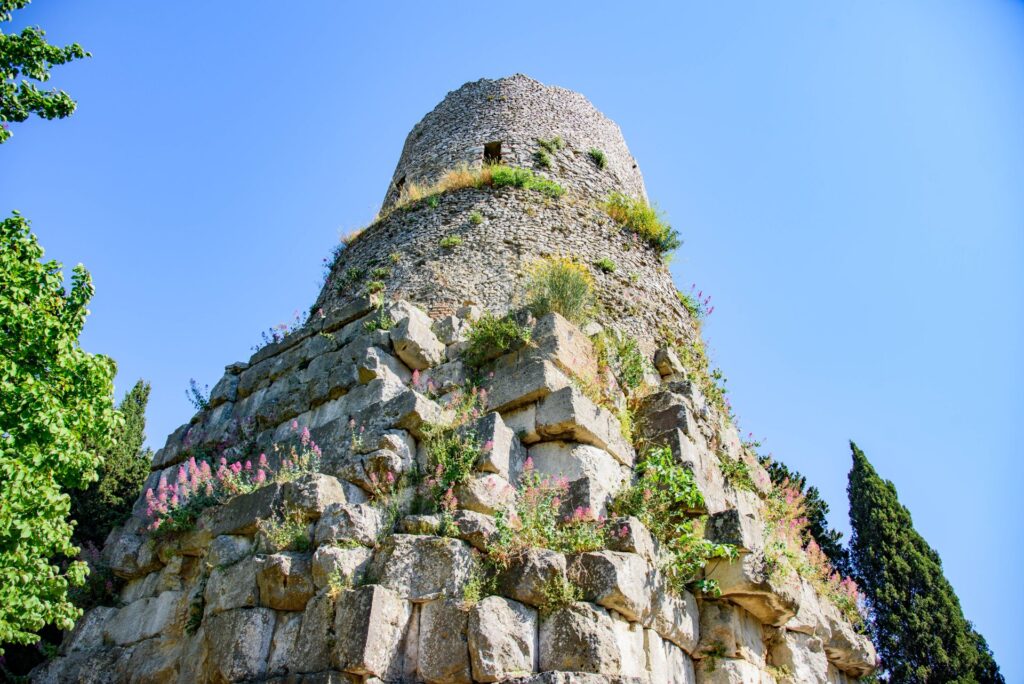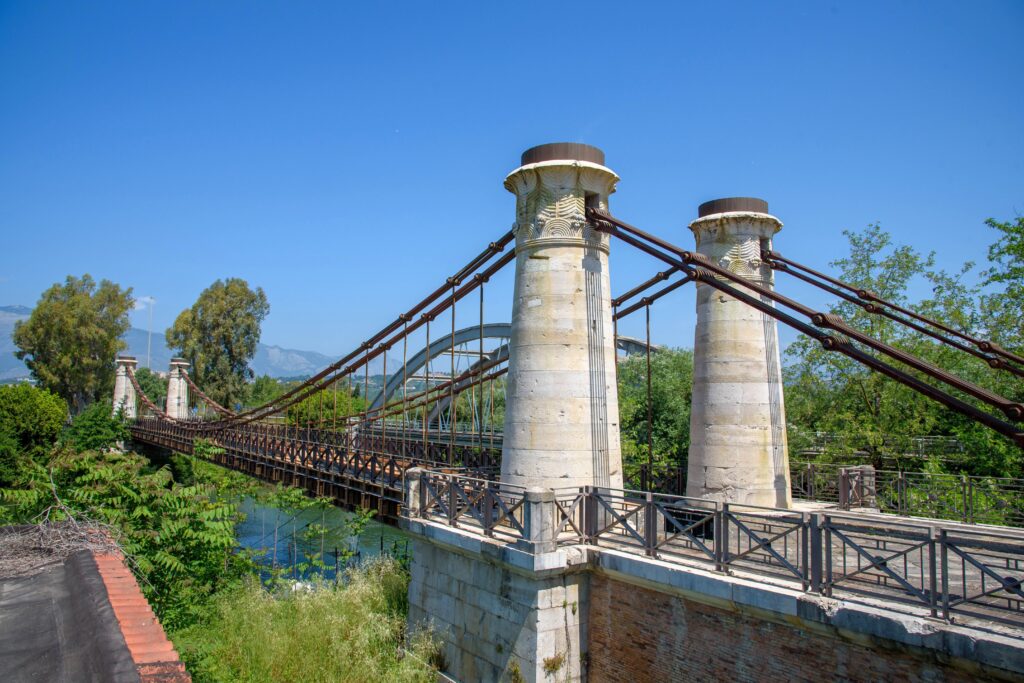Industrial archeology
Capistrello
The Emissary of Claudius/Torlonia
The Capistrello territory preserves undiscovered treasures, consisting of historical testimonies, naturalistic peculiarities and landscape beauties that in every season of the year let you immerse in magical suggestions. There is one place, however, that more than any other encloses them all. It is the mouth of the Claudio/Torlonia outfall, the underground tunnel dug by the ancient Romans two thousand years ago to drain Lake Fucino. The imposing hydraulic work changed forever the landscape, climate and social structure of the territory, inhabited at the time by the proud Marsi people. Today is a fertile plain of more than 16,000 hectares, definitively wrested from the waters of the lake in the second half of the 19th century, after the restoration and enlargement of the Roman-era tunnel by Prince Alexander Torlonia.
Crossing the Cupone canyon, it is possible to jump into this history, going back in time along millenary paths in a unique naturalistic context, full of vegetation and peculiarities. Thus, the Associazione Amici dell’Emissario (Association of Friends of the Emissary) realised that the tourist accessibility of Claudio’s Emissary had to pass through the restoration of the accesses leading to the Cupone.
The appreciation obtained by the FAI (Fondo Ambiente Italia) in the 2016 ‘I luoghi del Cuore’ (Places of the Heart) competition made it possible to create a beautiful circular path of just over 2 km that allows a visit to the Roman site, the “Madonnina” painted on the rock, the unique Concarelle cave and the ancient artefacts along the banks of the Liri river.
The path follows a section of the ancient Via Sorana, runs along some of the village streets, Via Emissario, Via Traetto and Via Pisciacotta, and a section of the adduction canal of an old mill. L’arco monumentale dell’Emissario, si trova in un’area fluviale situata all’interno del profondo canyon attraversato dal fiume Liri e dall’antica Via Sorana che collegava le colonie romane di Alba Fucens e Sora.
L’opera romana, realizzata in opus reticulatum, è sovrastata da un’alta parete rocciosa sagomata artificialmente e realizzata presumibilmente come supporto a un’effige commemorativa mai realizzata.

